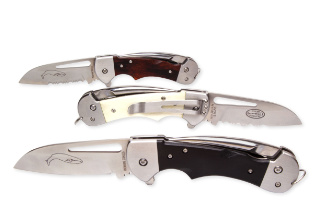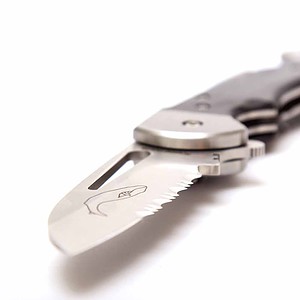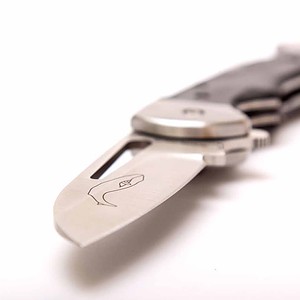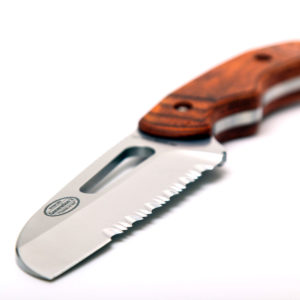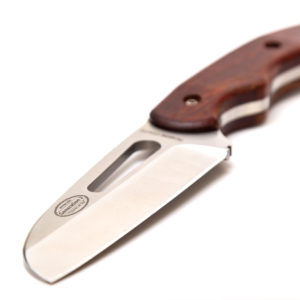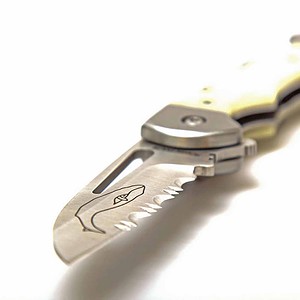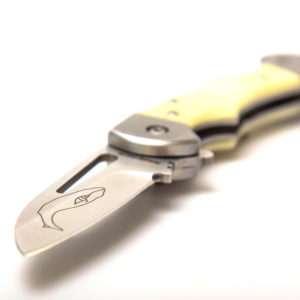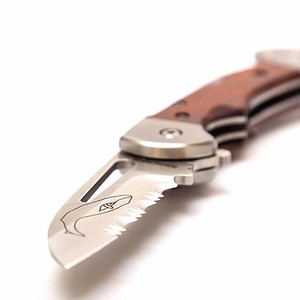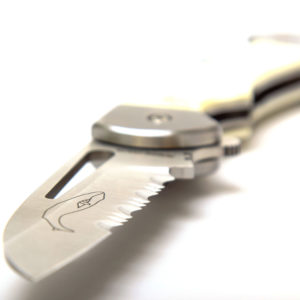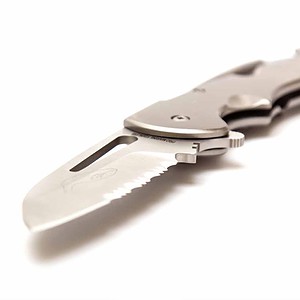What is a Sailor’s Knife
A sailor’s knife is an essential tool for anyone involved in sailing activities.
We believe Myerchin Knives make the best sailors knives. Here are just some of our knives. All knives and accessories can be found in our shop
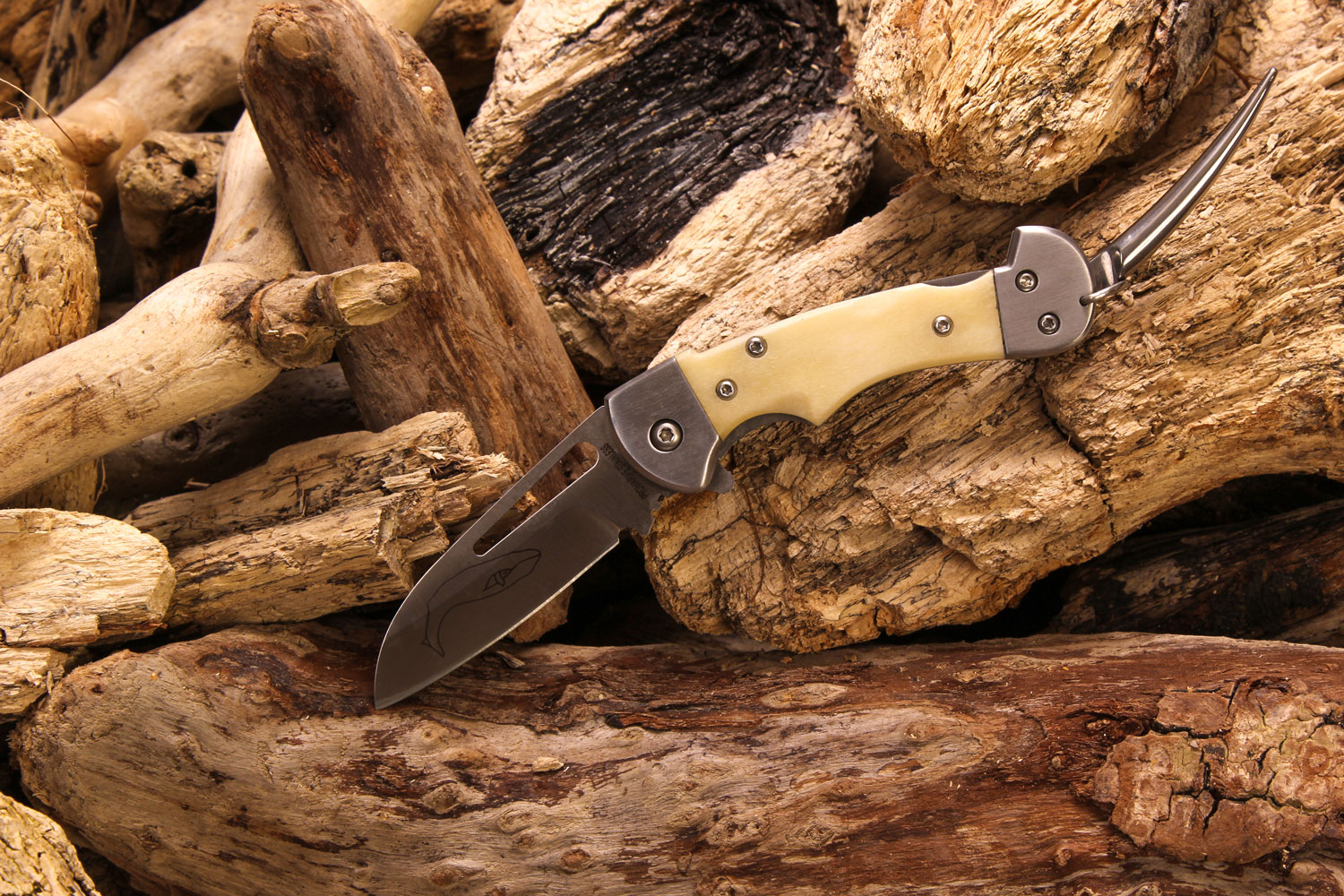


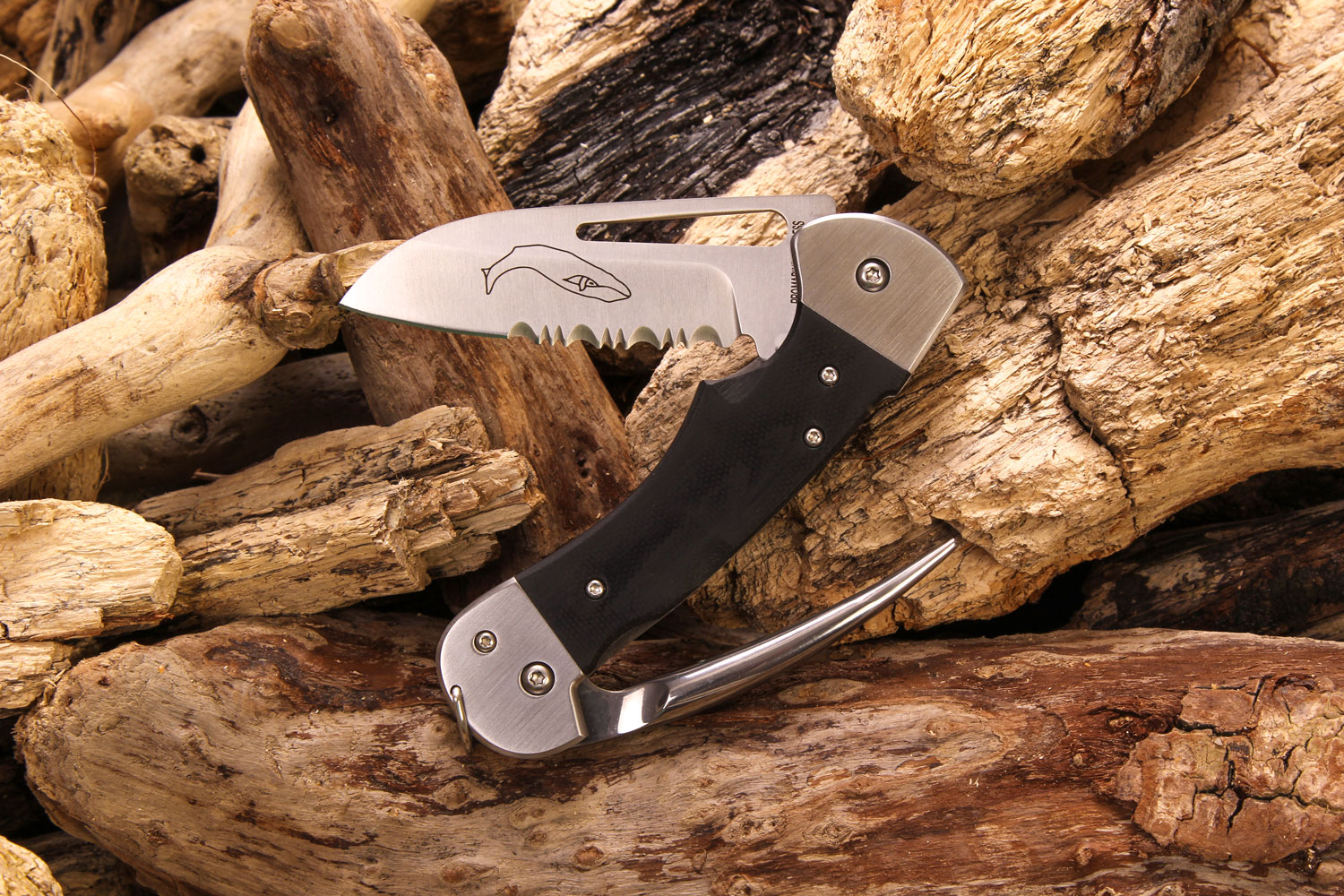
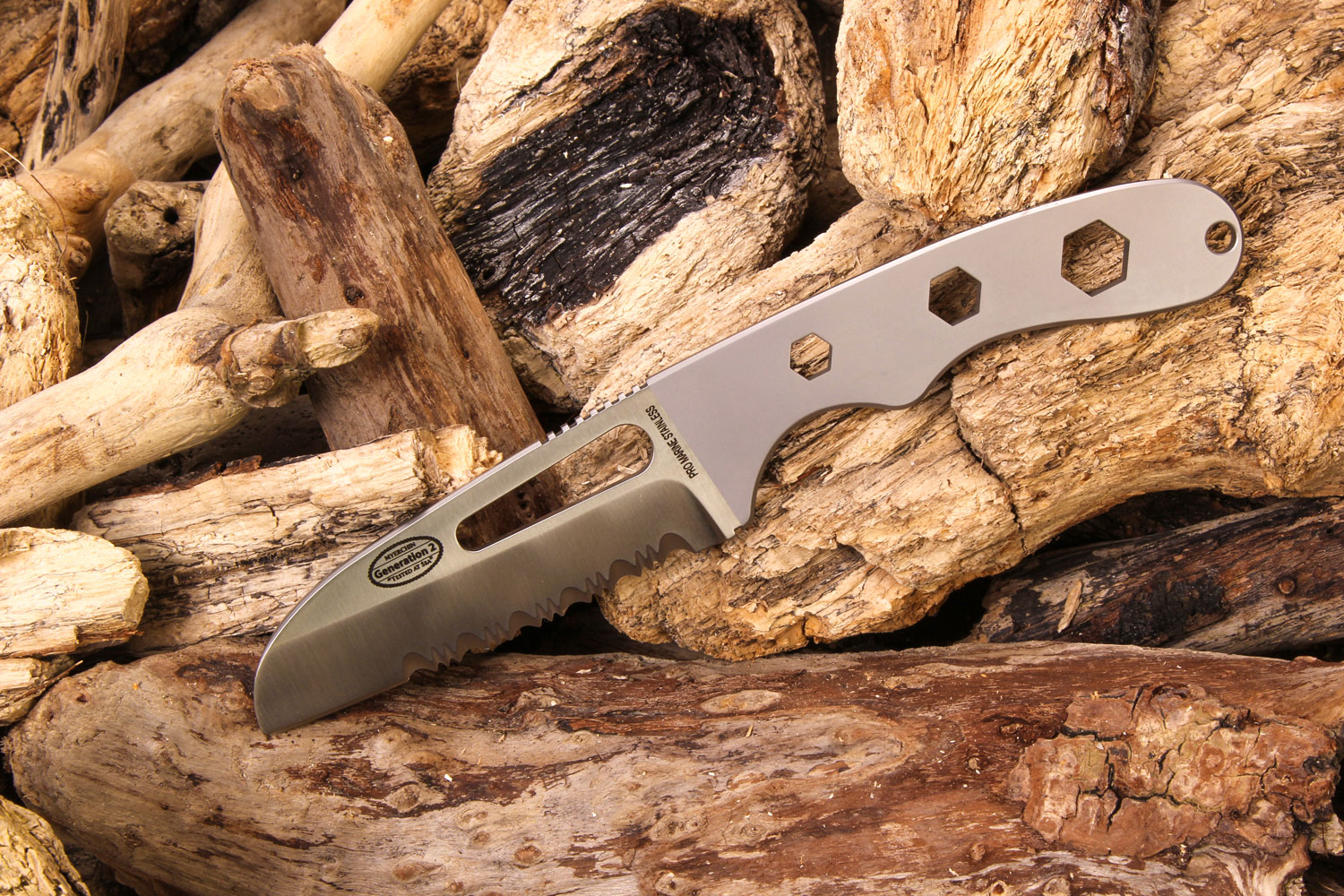
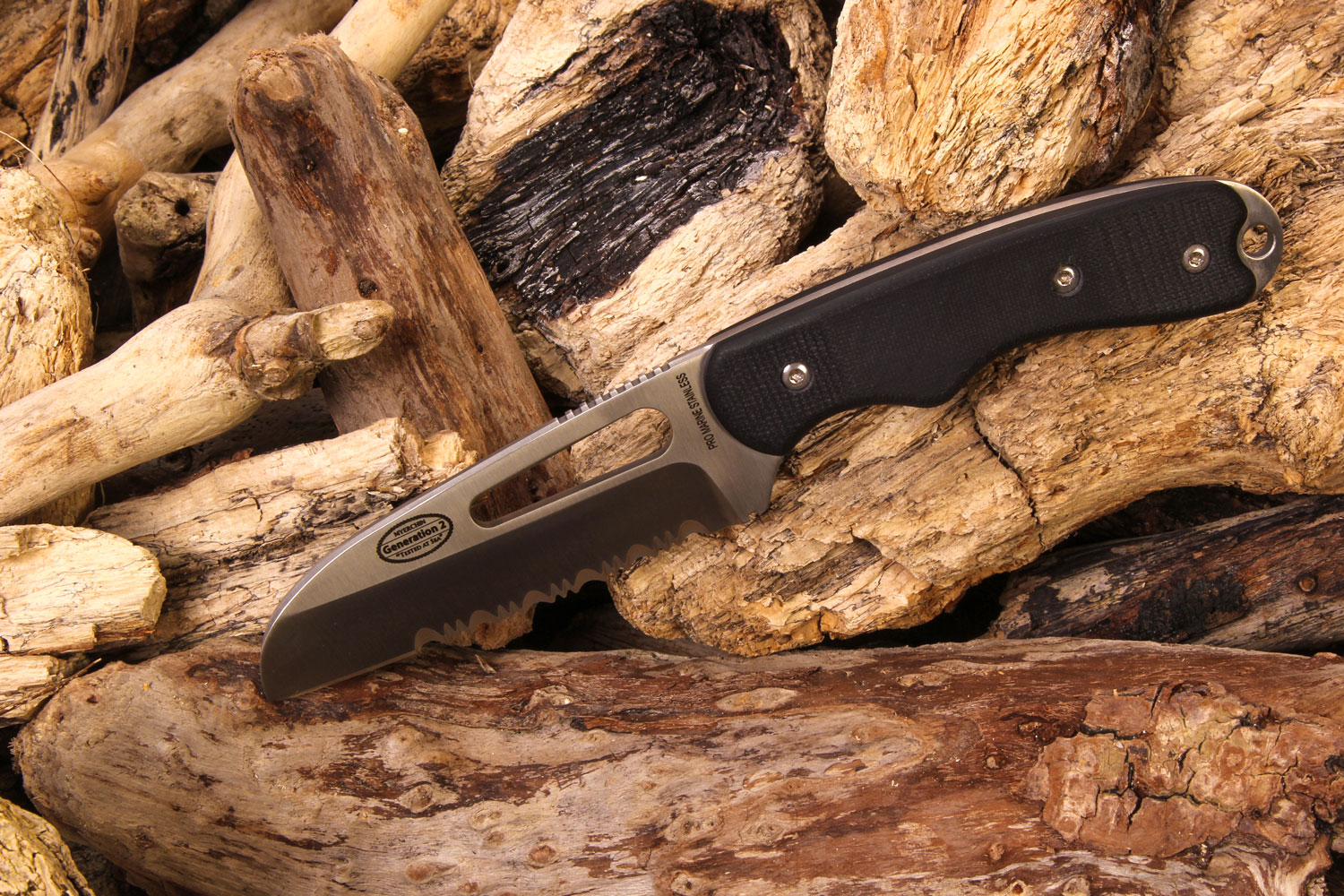
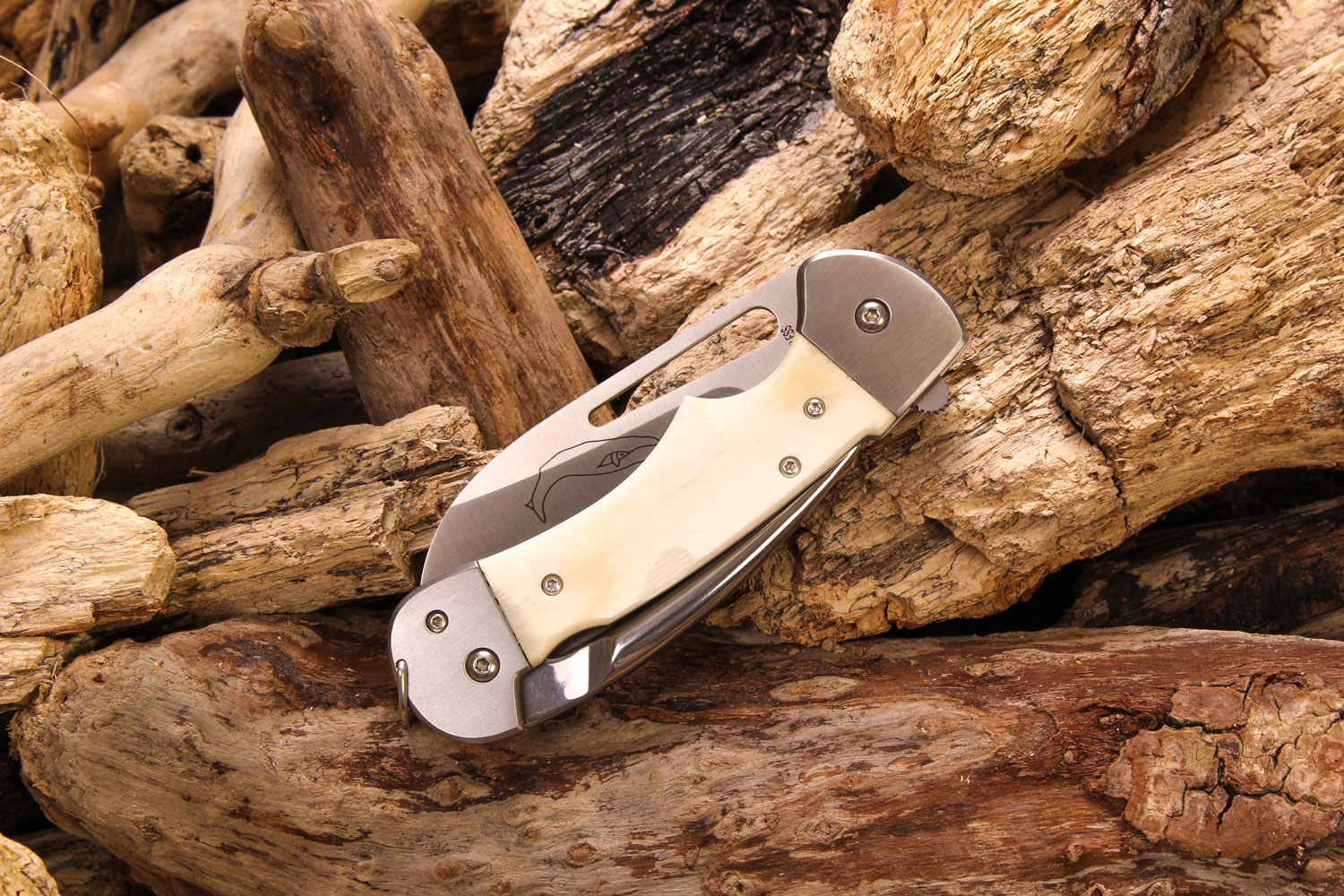
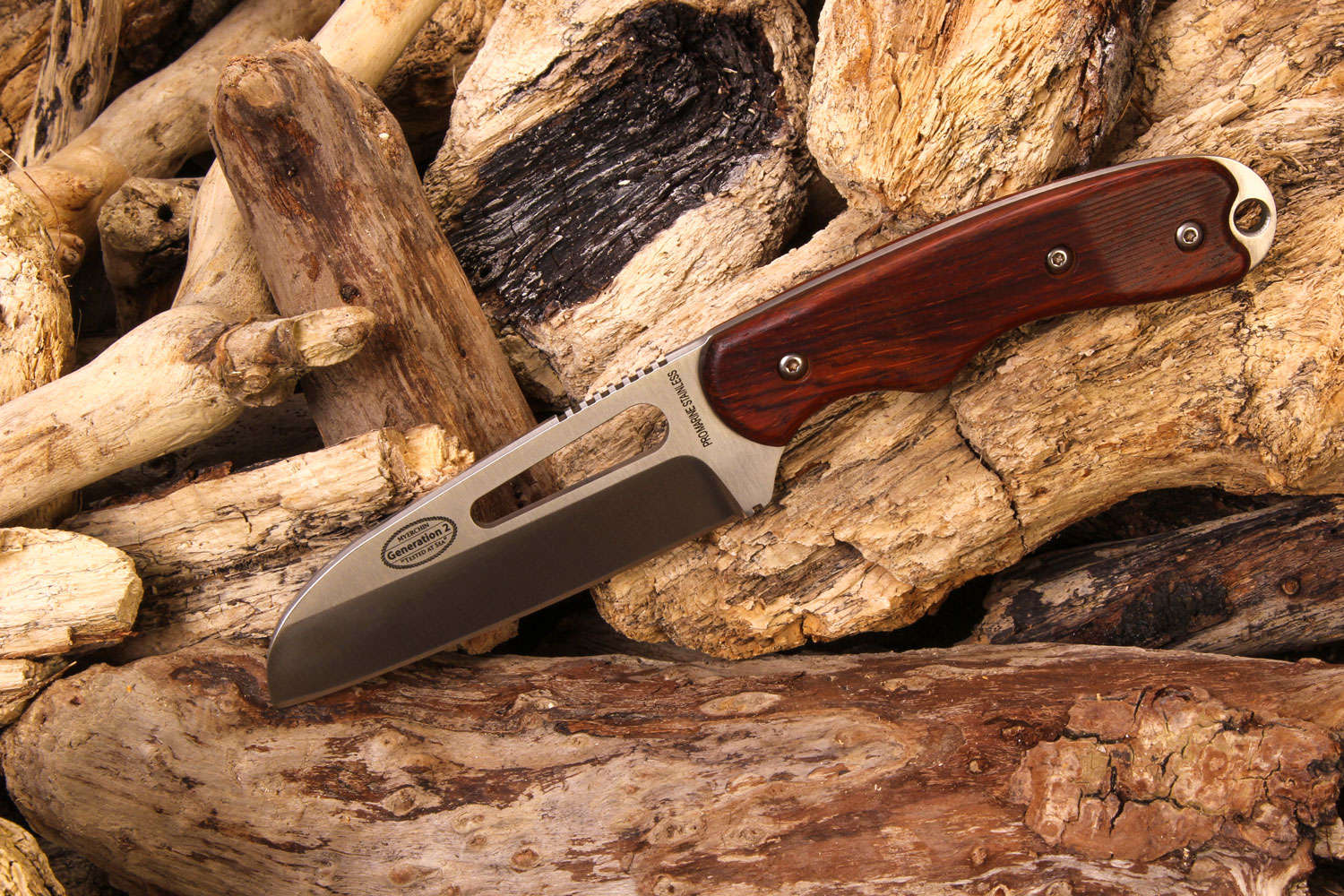
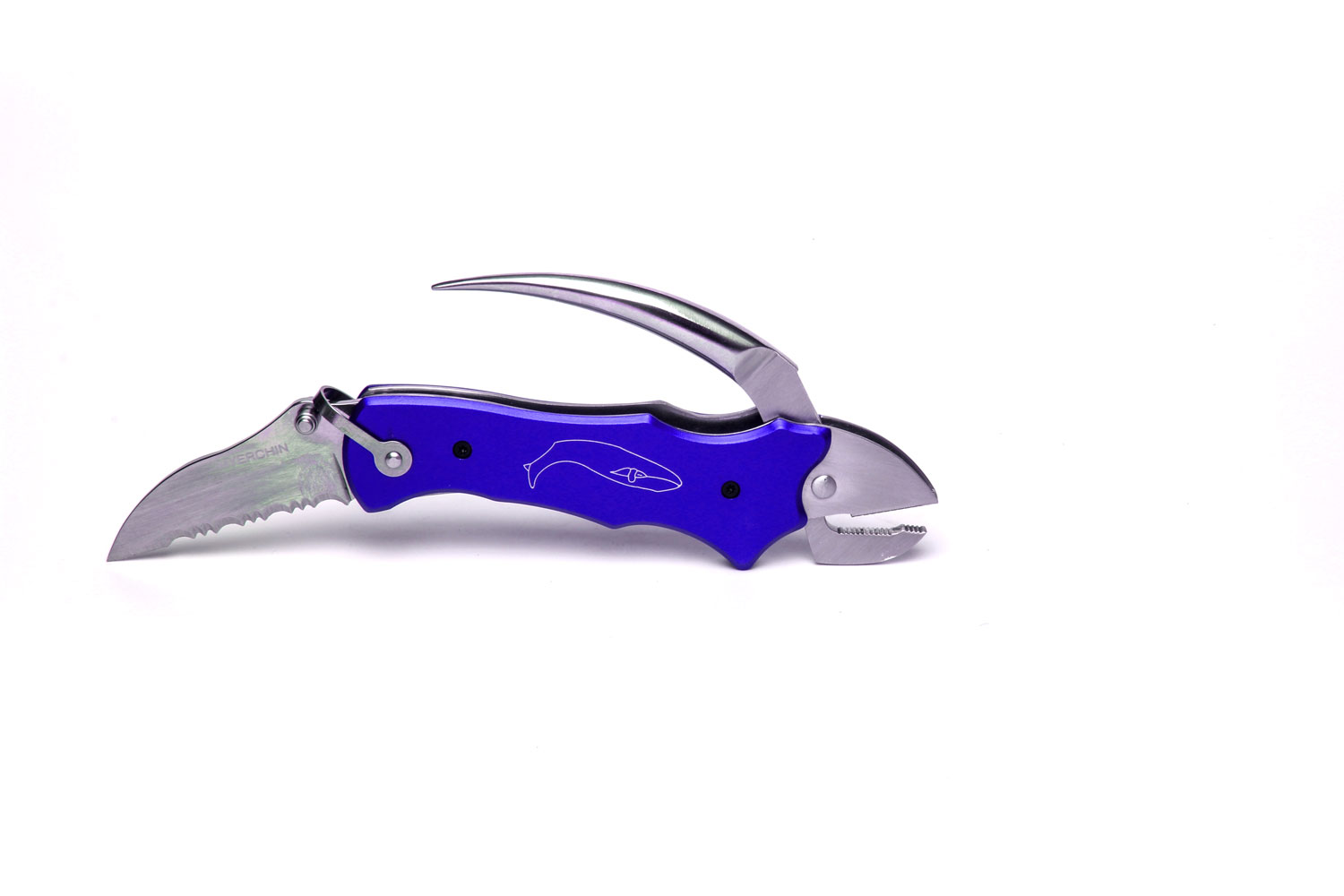

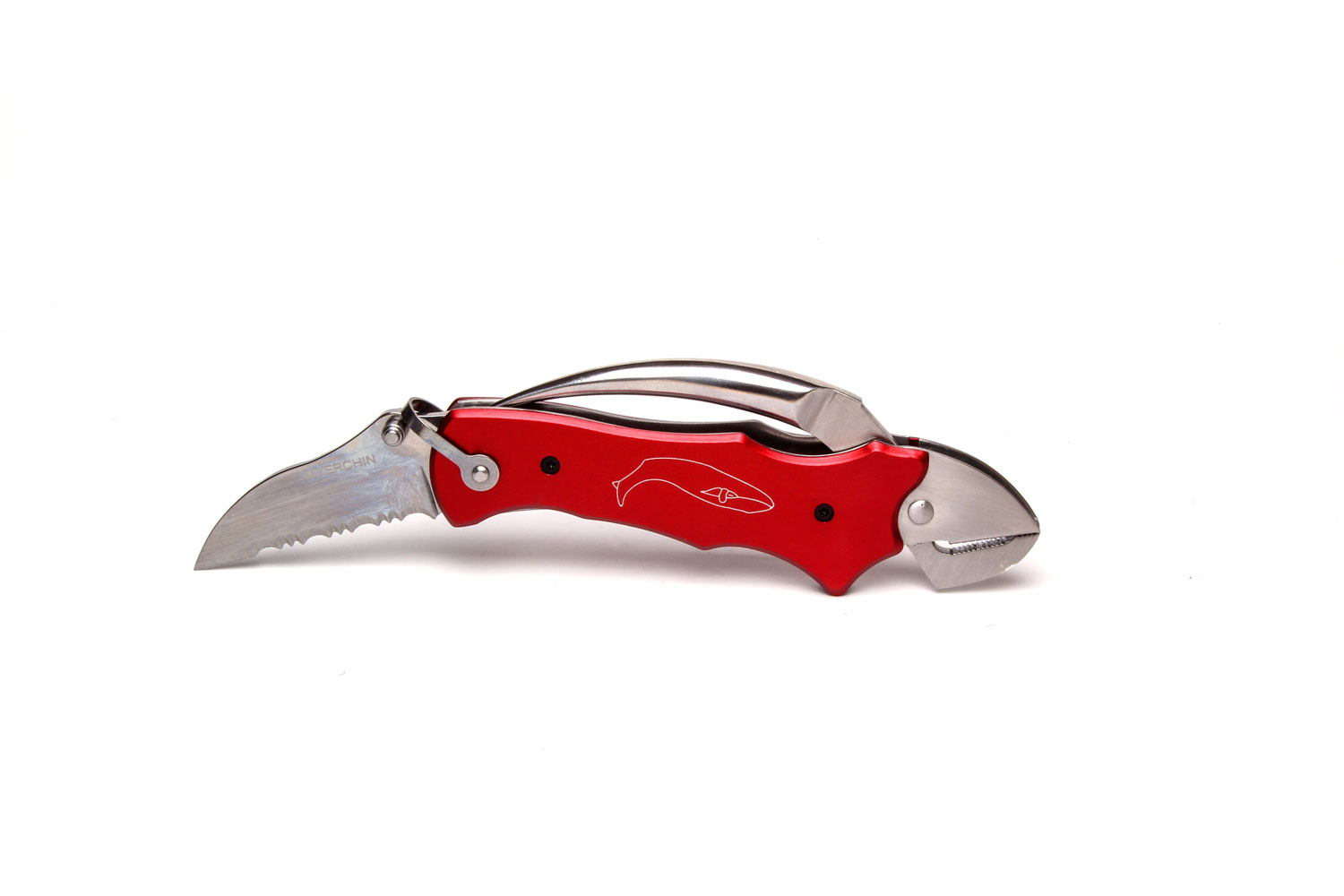
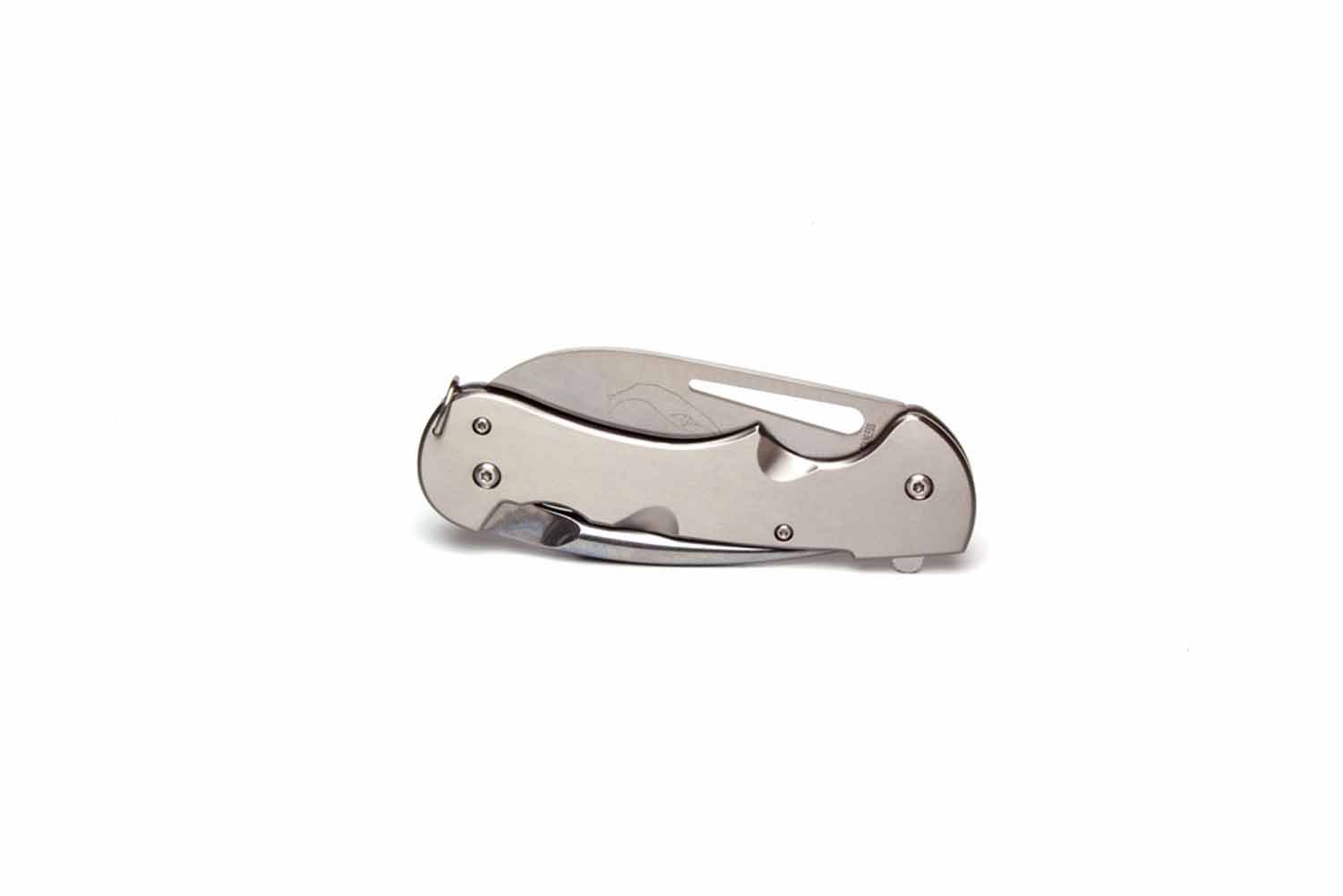
This versatile tool typically includes a range of features designed to assist sailors in various tasks while out on the water. With its primary function to cut ropes, a sailors knife often comes equipped with a serrated blade that provides a powerful cutting edge. In addition to the blade, these knives may also include additional tools such as a shackle key and marlinspike, making them a valuable multipurpose tool for sailors.
A good sailors knife will incorporate a shackle key, a tool designed to manipulate shackles effectively. With its shackle key feature, it becomes effortless to open and close shackles, ensuring secure and reliable connections on the boat.
The durability of a sailor’s knife is also crucial, often made with a stainless steel blade that is strong and can withstand the rigors of salt water. The knife’s handle should be designed to provide a comfortable and sturdy grip. Typically made of thermoplastic or composite materials although some may prefer a traditional hardwood or bone handle.
Your sailors knife should come with a sheath protector, allowing for safe and convenient storage. Whether it’s for safety purposes or general utility, a sailor’s knife is an indispensable tool for anyone navigating the seas.
A sailor’s knife is a must-have tool for sailors and boaters. Its purposeful design and versatile features make it an indispensable companion for anyone involved in boating activities, allowing for efficient cutting of ropes, untying knots, and manipulating shackles with ease.
Types of Sailors Knives
There are various types of sailors knives available in the market, each designed to cater to different needs and preferences of sailors.
One popular type is the multi-purpose sailing knife, which features a serrated blade for cutting ropes and a shackle key for manipulating shackles. This versatile tool also often includes additional features such as a marlinspike and a lanyard loop for convenience.
Another type is the sheath knife, which comes with a protective sheath to keep the blade safe and secure when not in use. These knives typically have a strong and durable blade, offering powerful cutting capabilities for sailing activities.
Some sailors knives also have a composite handle, providing an excellent and comfortable grip even in wet conditions. Regardless of the type, sailors knives are designed with functionality and durability in mind, making them indispensable tools for every boating adventure.
Traditional Single Blade Knife
A traditional single blade knife is a versatile tool commonly used by sailors for a range of tasks on board. This fixed-blade design offers the utmost reliability, making it ideal for heavy-duty tasks and challenging weather conditions.
One of the key features of a traditional single blade knife is its durability. Crafted from high-quality stainless steel, the blade is built to withstand the harsh marine environment, ensuring longevity and dependability. It can effortlessly cut through various materials, including ropes and lines, making it an essential tool for sailors.
With a blunt tip, this knife provides safety during sailing activities. It eliminates the risk of accidental punctures or injuries, making it a reliable companion for any boating adventure. Additionally, its fixed-blade design ensures stability, offering a sturdy grip and excellent cutting power for precision and control.
Whether you’re in need of a tool to open shackles or cut through thick ropes, a traditional single blade knife is a must-have for sailors. Its heavy-duty construction and reliable performance make it an invaluable tool for any maritime task. Equip yourself with this durable and versatile tool to confidently handle any challenges that may arise at sea.
Multipurpose Tool with Additional Tools
Multipurpose tools with additional tools are a popular choice among sailors due to their versatility and convenience. These multi-tool sailor’s knives go beyond a traditional single blade knife, offering a wide range of functionalities in one compact tool.
Equipped with additional tools such as marlinspikes, shackle openers, screwdrivers, and bottle openers, these knives provide sailors with everything they need for various tasks on board. The marlinspike, commonly used for splicing and untying knots, comes in handy for sailors dealing with ropes and lines. The shackle opener allows for quick and easy opening of shackles, providing a trackable method for securing and releasing lengths of rope.
Whether it’s rigging, maintenance, or simply enjoying some downtime, sailors can rely on these multi-tool knives to meet their needs. So, when choosing a sailor’s knife, consider opting for one with additional tools to enhance your boating experience.
-
 Myerchin Sailors Tool Knife Multi Tool Silver P300SL£46.80 (ex.vat £39.00)
Myerchin Sailors Tool Knife Multi Tool Silver P300SL£46.80 (ex.vat £39.00) -
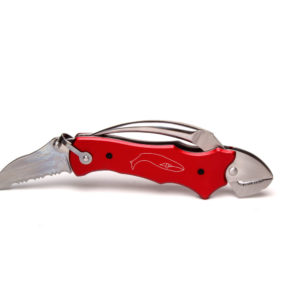 Myerchin Sailors Tool Knife Multi Tool In Red (P300RD)£46.80 (ex.vat £39.00)
Myerchin Sailors Tool Knife Multi Tool In Red (P300RD)£46.80 (ex.vat £39.00) -
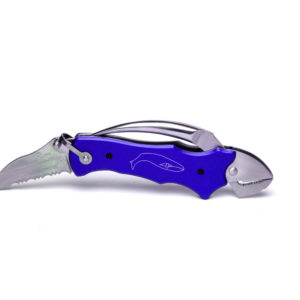 Myerchin Sailors Tool, Knife Multi Tool In Blue (P300BL)£46.80 (ex.vat £39.00)
Myerchin Sailors Tool, Knife Multi Tool In Blue (P300BL)£46.80 (ex.vat £39.00)
Locking Blade Option
When it comes to sailor’s knives, one important feature that ensures safe and secure use is the locking blade option. This feature prevents accidental closures, providing sailors with peace of mind during their boating adventures.
Several sailor’s knives offer a reliable locking mechanism. The Myerchin Offshore/Pro is also equipped with a dependable locking mechanism, ensuring the blade stays securely open while sailors tackle various tasks on board.
Having a reliable locking mechanism is essential for reducing the risk of injuries during sailing activities. Whether sailors are cutting ropes, splicing lines, or performing other tasks, the locking blade option ensures that the blade remains securely open, minimizing the chance of accidental closures that could lead to accidents.
Serrated Blade Option
The serrated blade knife option available in sailors knives is a valuable tool for cutting ropes and knots during sailing activities. Unlike a regular straight blade, the serrated blade features small, jagged teeth along its edge, providing a powerful cutting action.
One of the key benefits of having a serrated blade is its effectiveness in cutting through ropes and knots. The teeth on the blade grip the rope, allowing for easier and faster cutting compared to a smooth blade. The serrations create a saw-like motion, making it ideal for tackling thicker or tougher materials.
In addition to its cutting ability, a serrated blade is known for its durability. The serrations allow the blade to maintain its sharpness for a longer period, even with frequent use. This makes it a reliable choice for sailors who need a blade that can withstand the demands of their boating adventures.
Moreover, a serrated blade is usually made from stainless steel, which offers excellent resistance to rust and corrosion. This ensures that the blade remains in optimal condition, even when exposed to the harsh marine environment.
Overall, the serrated blade option in sailors knives provides many advantages. Its cutting ability, durability, and resistance to rust make it a valuable tool for sailors, allowing them to easily and efficiently cut through ropes and knots during their boating activities.
Shackle Key and Opener as an Add-On
As an add-on to a sailor’s knife, the shackle key and opener provide utility and convenience for sailors during their boating adventures. The shackle key is an essential tool used for unlocking shackles in rigging. With just a simple twist, it allows sailors to easily open and close these crucial components of their sailing equipment.
The shackle key and opener have a deep connection to sailing’s golden age, where intricate rigging systems were used to set and control sails. During this time, sailing ships were heavily reliant on the skill and expertise of sailors to meticulously maintain and adjust their rigging. The shackle key and opener would have been invaluable tools in ensuring the smooth operation of these complex systems.
In addition to its primary function, the shackle key and opener may also come with additional tools or features. These can include a pocket clip or lanyard loop for easy and secure carrying, a strap cutter for emergency situations, and even a serrated blade for cutting through ropes or other materials. These extra features make the shackle key and opener a versatile and indispensable tool for sailors.
Features to Consider when Purchasing a Sailors Knife
When purchasing a sailor’s knife, there are several key features to consider that will ensure you have a reliable and versatile tool for all your boating adventures.
First and foremost, the blade of the knife is of utmost importance. Look for a knife with a durable stainless steel blade.
Serrated edge for powerful cutting or a plain blade for a cleaner cut.
Consider the length and locking mechanism of the blade for ease of use and safety. Another important feature to consider is the handle of the knife. Look for a knife with a strong and comfortable grip, preferably made of a composite or thermoplastic material for added durability. Additionally, consider if the knife comes with any additional tools such as a shackle key, marlinspike, strap cutter, or webbing cutter, as these can be valuable in sailing activities. Finally, don’t forget to check if the knife comes with a sheath or sheath protector for safe storage and easy access. By considering these features, you can ensure you select a high-quality sailor’s knife that meets all your needs.
Lifetime warranty. The best quality knives will come with a lifetime warranty against failure. This will not include breaking due to misuse or lack of proper knife care.
While you will focus on the blade material you should also consider the body material. It is strong, resistant to salt water. Do you have option of finish, wood, high quality thermoplastic handle, titanium and traditional bone. Does the knife come with a sheath protector, does the sheath easily and securely fix to you.
Is the body shaped to give you a excellent grip that keeps the knife secure in use.
Does the knife have an integrated Marlinspike or can a separate marlinspike be added and stored in the same sheath protector for easy access.
Stainless Steel Material Used for the Blade
Stainless steel is a crucial material used for the blade in a sailor’s knife and offers a multitude of benefits. Firstly, stainless steel provides excellent corrosion resistance, making it an ideal choice for marine environments where the knife will be exposed to water and salt. This corrosion resistance ensures that the blade remains rust-free, maximizing its longevity and functionality. Myerchin use Pro-grade German Marine stainless steel, the best for a balance or salt water resistance and hardness.
Furthermore, stainless steel blades have superior edge retention, meaning they stay sharp for longer periods compared to other types of blades. This reduces the need for frequent sharpening, making the knife more convenient and efficient for sailors.
While carbon steel is sometimes used as an alternative blade material, it lacks the corrosion resistance of stainless steel. Carbon steel blades require regular maintenance and are more susceptible to rust and staining. In contrast, stainless steel provides a long-lasting and reliable option for sailors, ensuring their knife is always ready for any boating adventure.
In conclusion, the use of stainless steel as the material for the blade in a sailor’s knife offers numerous advantages, including corrosion resistance, durability, and excellent edge retention. It is a reliable choice for sailors seeking a blade that will withstand the rigors of their sailing activities.
Size of the Blade (Length)
When choosing a sailor’s knife, the size of the blade is of utmost importance. A blade length of at least 2.5 inches is necessary to effortlessly cut through various types of ropes commonly used in sailing activities. This ensures that sailors can quickly and effectively handle any rope-related tasks that arise while out on the water.
However, it is essential to consider the balance between blade length and ease of storage. Longer blades offer several benefits, including increased cutting power and versatility. They allow sailors to tackle more demanding cutting tasks, such as thick or heavily loaded ropes. Additionally, a longer blade can serve as a valuable tool for other boating adventures.
Nevertheless, the longer the blade, the more challenging it becomes to store conveniently. Sailors must ensure that the storage method is safe and secure to avoid accidents. Opting for a sailor’s knife with a blade length that strikes the right balance between functionality and storage convenience is crucial.
So, when choosing a sailor’s knife, consider a blade length of at least 2.5 inches for easy rope cutting. Evaluate the benefits and challenges associated with longer blades and prioritize storage functionality. By selecting the right blade length for your needs, you can ensure that your sailor’s knife remains a valuable and safe tool for your sailing endeavors.
Durability of the Blade
The durability of the blade in a sailor’s knife is of utmost importance for withstanding the rigors of boating activities and effectively cutting through various types of ropes. A durable blade ensures that sailors can rely on their knife even in demanding conditions, making it an essential tool for any sailing adventure.
A durable blade is made from high-quality stainless steel, which is known for its excellent corrosion resistance and strength. The quality of the stainless steel used in the blade greatly affects its durability. Higher grades of stainless steel, such as 440C or 154CM, are often preferred for their superior durability and ability to maintain a sharp edge.
In addition to the quality of the stainless steel, some blades may feature additional coatings or treatments to enhance their durability. Coatings like titanium nitride or DLC (Diamond-Like Carbon) provide extra protection against corrosion and wear, ensuring that the blade remains in top condition even after prolonged use in harsh marine environments.
A durable blade is essential for cutting through different types of ropes, including thick or heavily loaded ones. The sharpness and strength of the blade allow sailors to tackle any cutting task with confidence, ensuring their safety and the success of their boating adventures.
In conclusion, the durability of the blade in a sailor’s knife is a crucial factor. The quality of the stainless steel used, along with any additional coatings or treatments, directly impacts the blade’s ability to withstand the rigors of boating activities and effectively cut through various types of ropes. A durable blade ensures that sailors have a reliable tool that can handle any cutting task, making it an indispensable companion for their sailing adventures.
Power of the Cutting Edge
The power of the cutting edge in a sailor’s knife is of utmost importance in various sailing activities and tasks. A sharp and powerful cutting edge is the primary feature that makes a sailor’s knife a valuable tool during boating adventures.
Whether it’s cutting through ropes, lines, or other materials, a powerful cutting edge allows sailors to get the job done easily and efficiently. The sharpness and strength of the blade enable quick and precise cuts, ensuring that sailors can tackle any cutting task with ease.
In sailing activities, such as rigging or repairing sails, a powerful cutting edge is essential for cutting through different materials. It allows sailors to swiftly trim or shape sails, ensuring optimal performance on the water. Additionally, in emergency situations, a strong cutting edge enables sailors to quickly free themselves from entangled ropes or other hazards.
A sailor’s knife with a powerful cutting edge is a versatile and valuable tool that provides the necessary functionality for a range of tasks. Its ability to cut through various materials efficiently enhances the safety and success of sailors in their boating adventures.
Handle Material (Composite or Wood)
When it comes to the handle material of a sailor’s knife, there are two common options to choose from: composite and wood.
A composite handle is crafted from a combination of different materials, such as plastics or rubber, to create a durable and slip-resistant grip. This type of handle is often preferred by sailors due to its excellent resistance to moisture, making it ideal for use even in wet conditions. The composite material provides a secure grip, ensuring that the knife won’t slip out of hand while performing cutting tasks. Additionally, composite handles are known for their longevity and ability to withstand the harsh marine environment.
On the other hand, wood handles offer a classic and rustic appeal. They are often made from hardwoods such as rosewood or oak, providing a comfortable grip for extended use. However, wooden handles may require more maintenance compared to composite handles, as they are prone to wear and tear over time. They are also more susceptible to damage from exposure to water, which can cause swelling or warping. Therefore, if choosing a wood handle, it is crucial to properly care for and protect it from moisture.
In conclusion, whether opting for a composite or wood handle, the key consideration for sailors is to choose a handle that offers a secure and comfortable grip, even when wet. A slip-resistant and comfortable grip is essential for ensuring precise and safe cutting during sailing activities.

